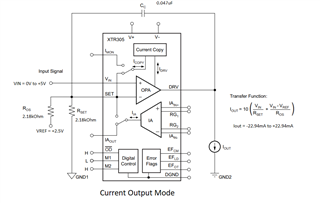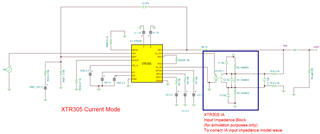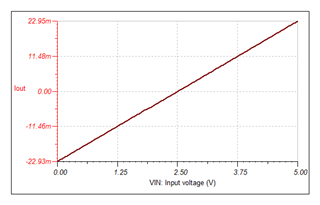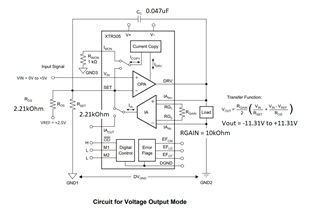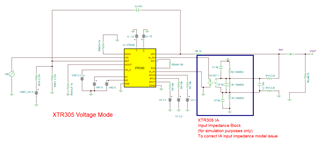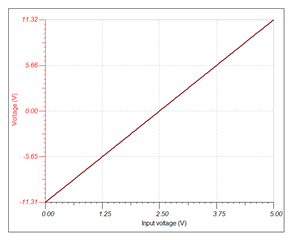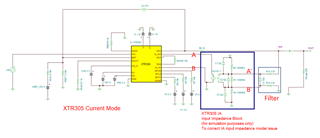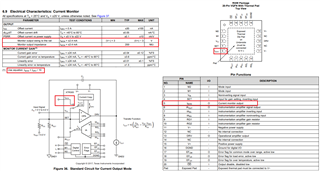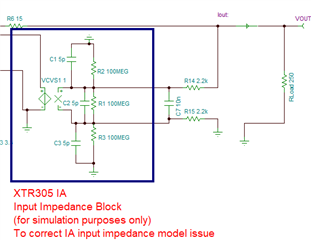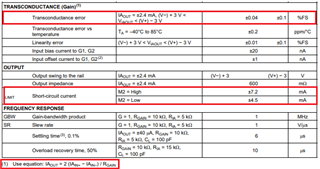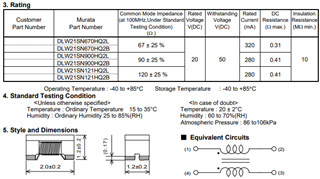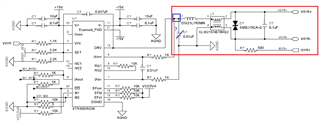Other Parts Discussed in Thread: TINA-TI
Dear team,
My customer would like to use XTR305 for their analog output module(voltage and current output) application with below requirements.
- DAC output 0 ~ 5V, 12bit
- Input signal : 0V , output -11.35V and -22.7mA
- Input signal : 2.5V , output 0V and 0mA
- Input signal : 5V , output +11.35V and +22.7mA
Please review below customer schematic and let me know your opinion.
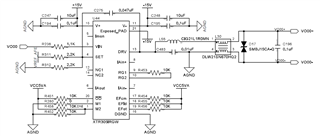
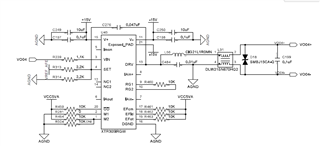
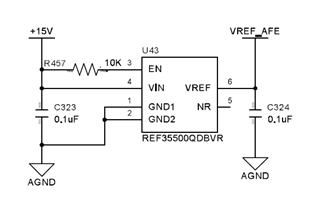
or
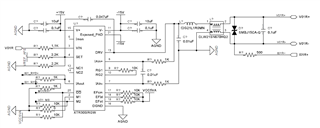
Which schematic is correct? please recommend schematic to meet customer requirement.
Thank you.


